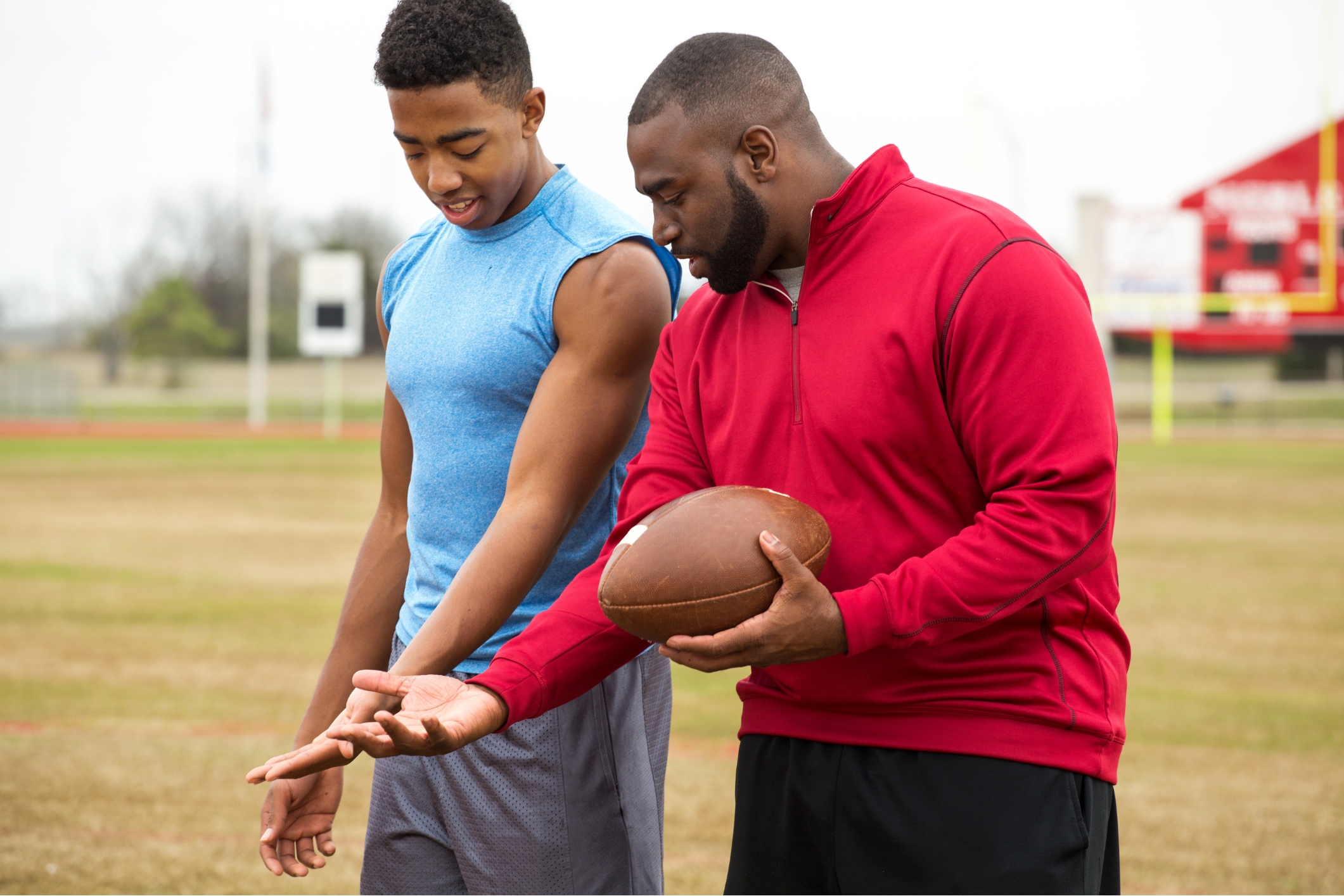
Three Ways Field Trips Benefit Students
Almost everyone has had a memorable childhood field trip! Bringing a bagged lunch, riding the school bus with classmates, and a parent chaperone with a group filled with best friends always made for a very special day. Day to day, the environment in which a child spends their time plays a significant role in brain development. Teachers carefully create a classroom environment to help their students become successful.
A field trip is a very mindfully planned activity to set students up for success. In learning, when students can see it, manipulate it, and participate in it physically, they break away from their routine. The experiences create synaptic connections which build cognitive, social, and emotional structures that serve as the foundation for their progress in life. Field trips are a way for students to expand on their learning outside of the classroom walls, and a way to explore using all of their senses. Human memory is based on what we see and interact with directly, not just on what we hear.
Real World Learning
Every student comes from a unique background. A field trip is a way to provide each student with real-world, hands-on experience. A trip to the museum, zoo, aquarium, State capital, community garden, soup kitchen, movie, or a restaurant provides students a better understanding of the outside world. They break free from the walls of the school, taking their knowledge with them to make the connections between their classroom learning and the outside world. These connections reinforce to students that what they’re learning is useful beyond their time in the classroom. A field trip also builds independence since, for some students, they go without their parents.
Cultural Growth
Providing students with a variety of enrichment experiences through field trips help students develop not only academically, but also culturally. Real-life learning is occurring as students see things from outside of their bubble. Exposure to general knowledge about the world increases a student’s tolerance and empathy, helping them to see themselves a part of a bigger world outside of the walls of their classroom. Field trips provide students with equal opportunities that help level the playing field for kids from all socio-economic backgrounds, opportunities to experience things outside of the classroom that some families may not have the means to do outside of school.
Academic Growth
Field trips can also be an important component of a well-rounded instructional program. They bring balance to the curriculum as field-based learning increases test scores. Based on a New York University study by Emily Rube Whitesell, middle schoolers who participated in science field trips through the Urban Advantage program in New York, score better on the state science test.
According to Brian Myers and Linda Jones, the most effective field trips include three critical stages for optimal learning and retention of the information. The three important stages consist of: pre-trip instruction, time alone on the trip to explore new surroundings, and time for students to discuss their experiences post trip.
According to a recent study conducted by the National Education Association (NEA), regardless of gender, ethnicity, or socioeconomic status, youth who take educational trips have better grades (59%), higher graduation rates from high school (95%) and college (63%), and greater income (12% higher annually). 89% said educational trips had a positive, lasting impact on their education and career because the trips made them more engaged, intellectually curious, and interested in and out of school.

